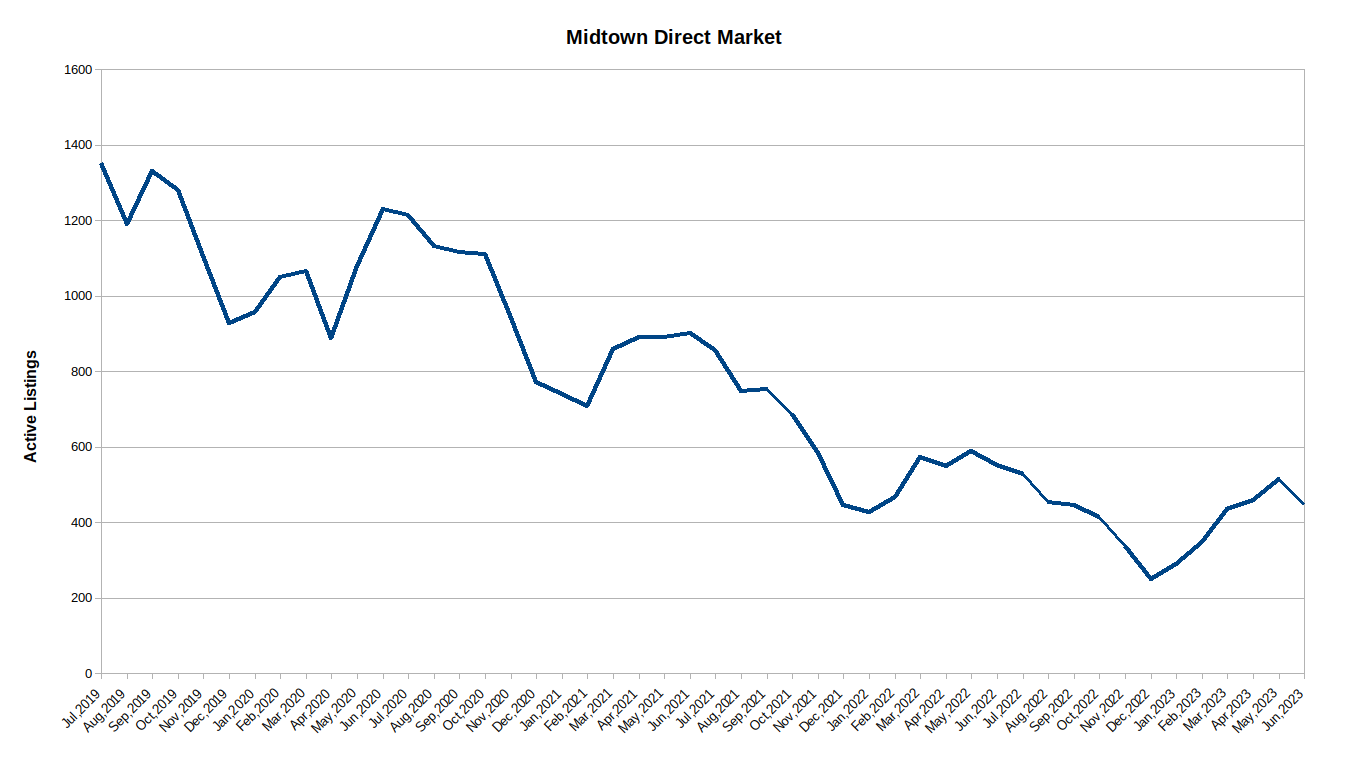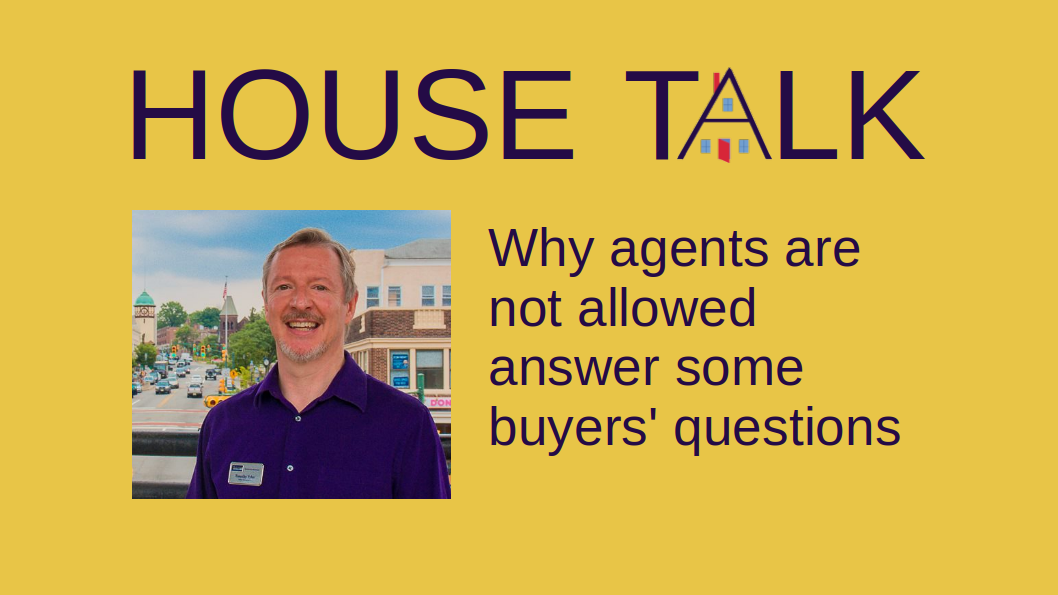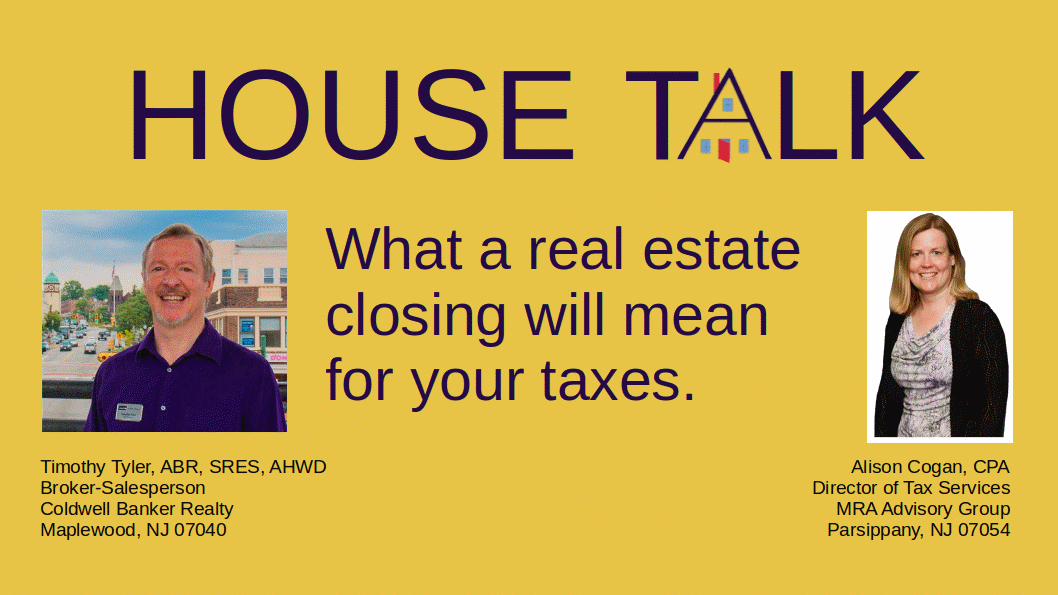HOUSE TALK: Defining Buyers and Sellers Markets


Are we still in a seller’s market?
Or are we now in a buyer’s market?
How can I tell?
In this episode of HOUSE TALK I define buyer’s and seller’s markets, and what each party can expect in terms of negotiating power in each market. Learn how Days on Market is the metric we use to determine whether we are in a Buyer’s Market, a Seller’s Market, or Balanced Market.
HOUSE TALK – Staying out of trouble with New Jersey’s Fair Housing Laws
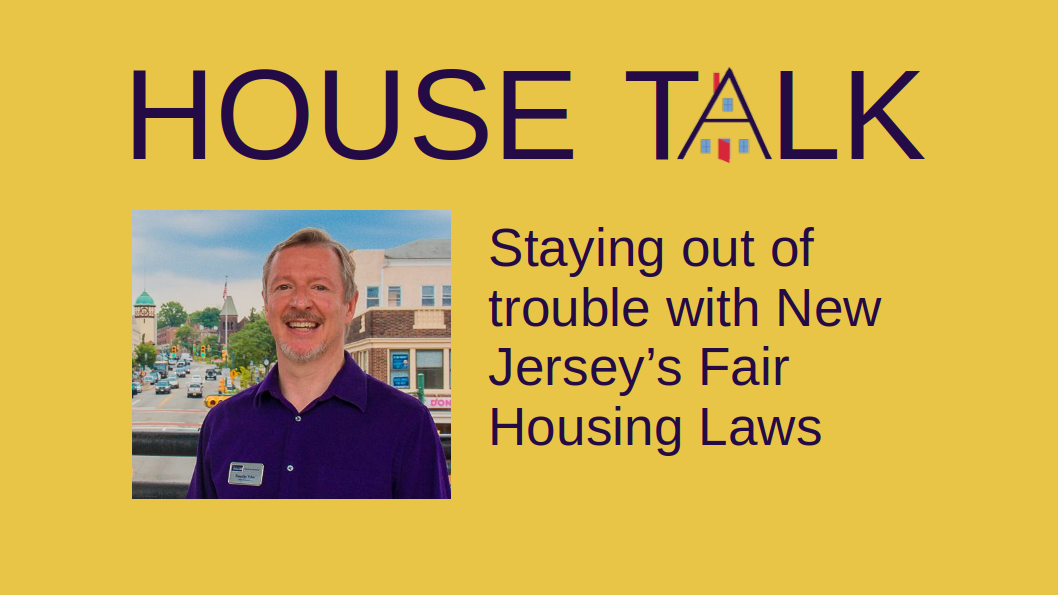
In New Jersey, home sellers must abide by the New Jersey Law Against Discrimination. This means that you must give all potential buyers equal consideration regardless of whether they fall into one of New Jersey’s 14 protected classes.
Does this mean you have to sell your home to someone who can’t pay for it? Of course not! You can always consider financial qualification, but you can’t consider any of New Jersey’s protected classes, as I explain in this 4 minute video.
Selling your home in Morris, Essex or Union County, NJ? Give me a call, or text me at 973-462-4079. I’m happy to help!
HOUSE TALK – What’s the Difference between a Broker and a REALTOR®?

Some real estate agents call themselves brokers, others use the title salesperson, or REALTOR®. What’s the difference? Aren’t they all the same anyway?
Actually, there are differences. A broker has a legally different set of responsibilities from a salesperson. And a REALTOR® has taken the extra step of joining the National Association of REALTORS® and subscribing to the association’s code of ethics, which goes above and beyond what is typically required by law.
Watch this 4 minute video to learn the differences, and how they might affect who you choose to work with to buy or sell your home.
Introducing Bungalow Homes
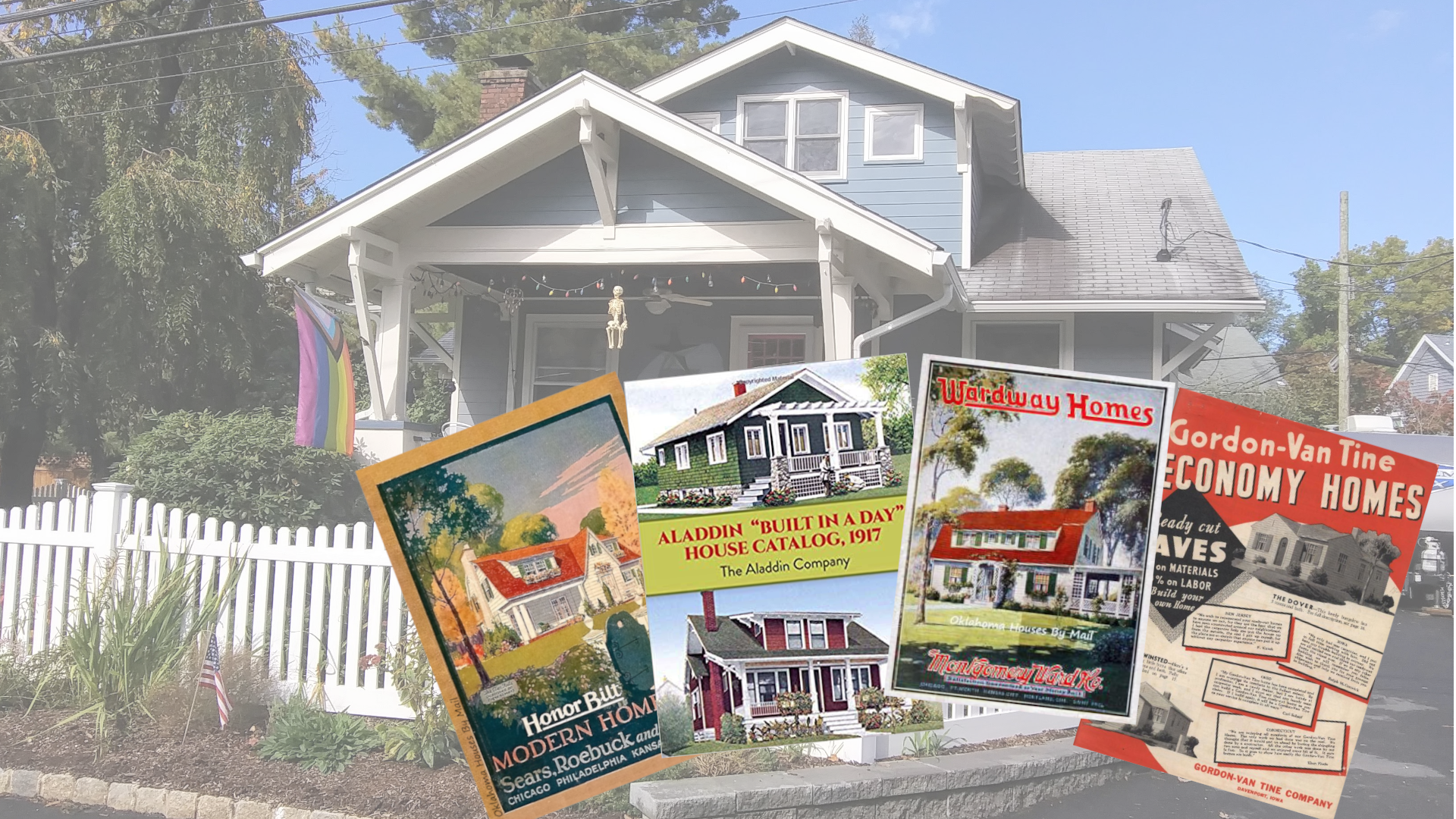
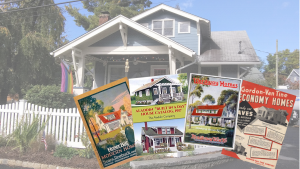
Bungalow style homes were part of the Arts and Crafts movement of the 1900s and 1910s. While they’re sometimes called Craftsman Homes or Craftsman Cottages some Craftsman Homes could be significantly larger. Bungalows were one story, or one and a half story homes where the second story has sloped walls beneath the Roof. Dormers are often used to provide additional space in the second floor. Another common feature of Bungalows are deep front porches with thick round columns for support.
During the Arts and Crafts period you could order a house from a catalog from Sears or a number of other companies like Aladdin or Montgomery Ward. The pre-cut lumber for the house would be delivered by train and you put it all together on site. Bungalows were a popular style sold by these companies. The typical floor plan was for the front door to open directly from the porch into the living room, beyond which was a dining room and an open kitchen beyond that in a style similar to today’s popular open floor plans. To one side would be an archway to a short hall with two or three bedrooms and a bath right across from the first three rooms.
Bungalows often featured other arts and craft features like exposed beams and built-in cabinets, shelves or benches. Bungalow style homes were popular in the West, especially California, and in the Upper Midwest. In New Jersey they could often be found in resort areas as summer homes which would become weatherized over time to become year-round homes. They do also show up in older trained suburbs here and there.
Introducing: Tudor Homes
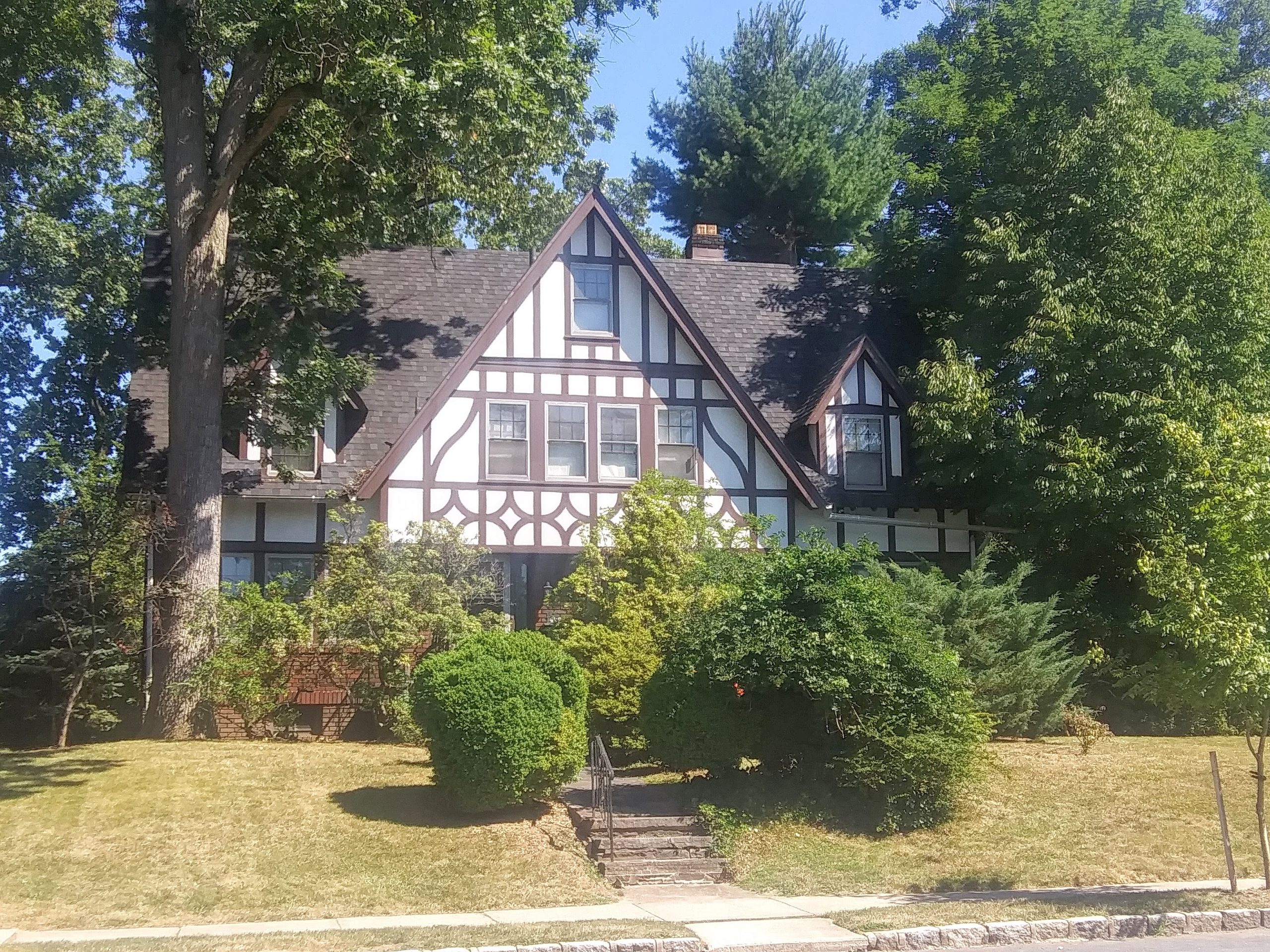
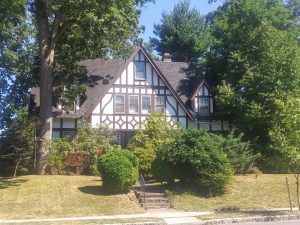
Maybe you already have an idea what at Tudor home looks like. Or maybe you’ve seen the term in a listing and wondered, what does that mean?
Well, to start with, what’s called a Tudor in most real estate listings isn’t actually a Tudor. Tudor homes were built primarily in England and Wales in the 1500s, long before any Europeans were building houses in North America. So what we call Tudor in America today are homes built mostly built in the 1920s in older suburbs of the Northeast and Midwest. These homes feature architectural elements common in Elizabethan and Jacobean homes of Merry Olde England. They are more a reflection of domestic regional architecture than of a specific time period. They also incorporate many of the materials and forms of the Arts and Crafts movement which was also popular at that time. Another term used for these homes is Tudorbethean, a portmanteau of Tudor, Elizabethan and Jacobean. This term is nonetheless descriptive for what is, in effect a bit of a mishmash of styles.
Among the things that characterize Tudor Revival architecture are:
- the use of steeply pitched roofs,
- ornamental (as opposed to structural) half-timbering,
- asymmetrical layout, herringbone brickwork and
- prominent, high chimneys.
Tudor interiors featured exposed beams, arched doorways, large brick or stone mantels, dark stained wood trim and wainscoting, and textured plaster walls and ceiling. The style is not dissimilar to today’s Dark Academia interior style.
Tudor revival made a comeback in the 1970s and 80s with the use of half-timber styling on standard bi-level and colonial houses, with decorative beamed ceilings, dark wood trim (with contrasting stark white walls) and stained glass, often paired with dark shag carpeting. The style was further popularized in hotels and certain restaurant chains of the time such as The Ground Round.
In New Jersey, Tudor Revival homes can be found in many of the train suburbs like Maplewood, South Orange, Summit, Montclair, Paterson and Metuchen. Later Tudor-styled homes can be found sprinkled throughout North Jersey in communities developed in the 1970s and 80s, particularly in Morris, Essex and Somerset counties.
If you’re looking for a cozy little Tudorbethean, a Tudor-styled bi-level, or any other type of home along the midtown-direct train line give me a call or text at 973-462-4079 and I’ll be happy to help. And remember: When thou findest Tim, thou wilt findeth home!


 Facebook
Facebook
 Twitter
Twitter
 Pinterest
Pinterest
 Copy Link
Copy Link
